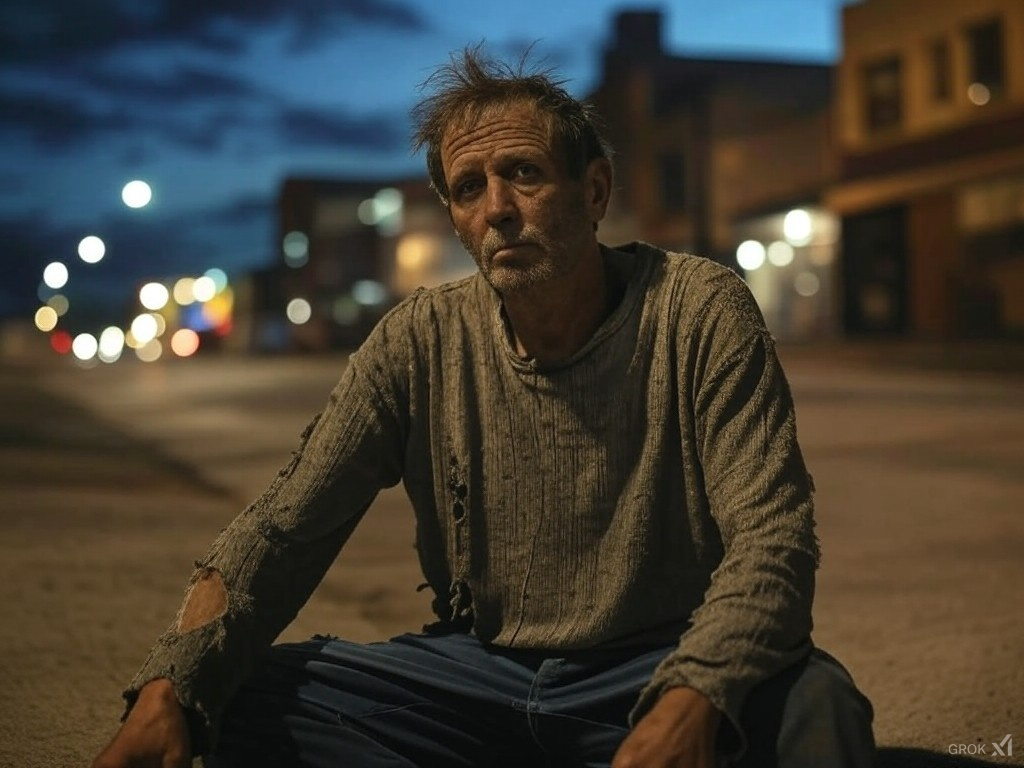Fentanyl is a synthetic opioid that went from being a medical game-changer to one of the deadliest substances out there. Originally designed to be a super effective painkiller, it’s now at the center of an overdose crisis, especially in the U.S. Its story is a wild ride of medical breakthroughs, unintended consequences, and, unfortunately, a lot of bad decisions.
The Beginning: Science Doing Its Thing
Fentanyl was first cooked up in 1960 by a Belgian chemist named Paul Janssen. The guy wanted to create a painkiller that worked faster and better than morphine. Mission accomplished! Fentanyl turned out to be 50-100 times stronger than morphine, which made it a big deal in surgeries and for patients with chronic pain, especially those battling cancer.
Over time, scientists developed different versions of fentanyl—patches, lozenges, nasal sprays, and injections. In the right hands (a.k.a. doctors), fentanyl is an absolute lifesaver. But outside of hospitals? That’s where things get messy.
The Opioid Crisis: How Things Went South
By the 1990s, opioids were everywhere. Doctors were handing them out like candy, and people started getting hooked. Then, illegal drug labs saw an opportunity—fentanyl was cheap to make and insanely potent. Soon enough, it started showing up on the streets, often mixed with heroin, cocaine, or fake prescription pills. The catch? A tiny miscalculation in dosage could be the difference between a high and a funeral.
Fentanyl overdoses skyrocketed, especially because most users didn’t even know they were taking it. It’s like ordering a regular soda and getting a quadruple espresso—you’re not prepared for what’s coming. Even experienced drug users found themselves in serious danger because fentanyl is just that strong.
The Aftermath: A Worldwide Disaster
The U.S. and Canada got hit the hardest, with overdose deaths climbing every year. Governments scrambled to fix the problem—tightening regulations, cracking down on illegal shipments, and handing out Narcan (a drug that reverses overdoses) like it was free merch at a concert.
At the same time, awareness campaigns started popping up, trying to warn people about fentanyl’s dangers. Scientists and doctors are also looking for new ways to treat addiction and prevent more deaths. It’s basically an all-hands-on-deck situation.
Wrapping It Up

Fentanyl started as a medical marvel but turned into a massive public health nightmare. It’s proof that even the best inventions can go horribly wrong if they end up in the wrong hands. Fixing this mess is going to take a mix of smart policies, better addiction treatments, and—let’s be real—a lot of luck. Until then, if something seems too strong to be true, it probably is.